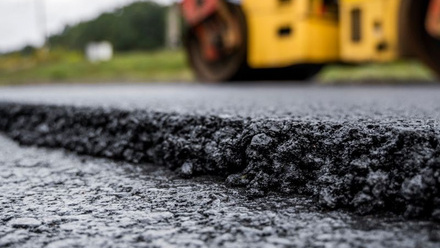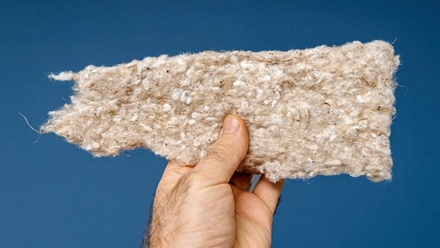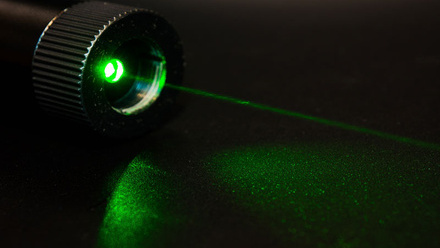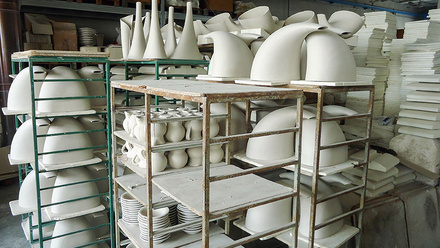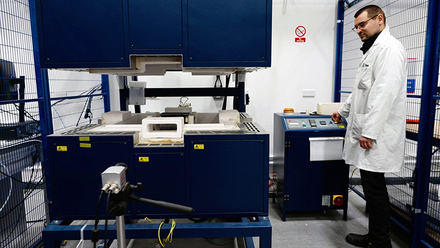Solutions sought for wearable protection from liquid chemicals
The UK's Defence and Security Accelerator (DASA) launches a competition seeking innovations in dermal protection.
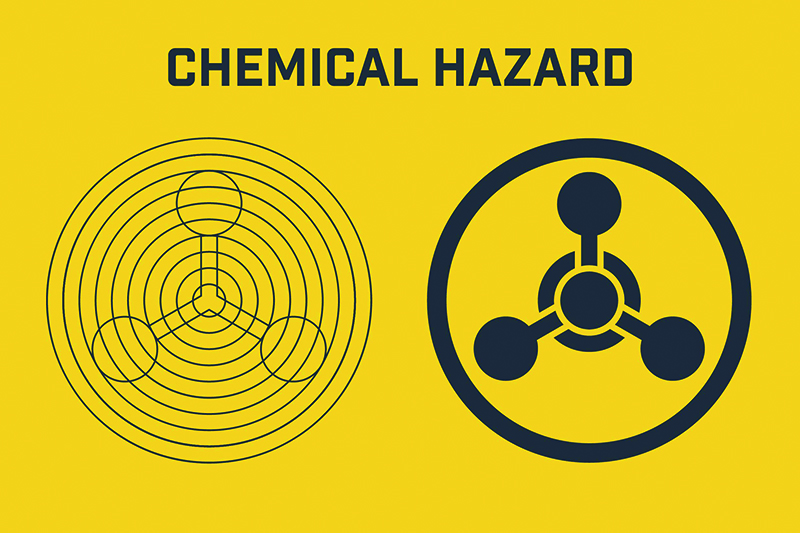
Run on behalf of the Ministry of Defence and the Home Office, the competition is seeking proposals for treatments, fabric design, novel constructions or any other approach that prevents the penetration of low-surface-tension liquids.
Traditionally, dermal liquid protection has been provided by an air-permeable, two-layer system, comprising an outer fabric that controls the initial liquid interaction with the surface, and a carbon layer to absorb any vapours that penetrate the outer layer. The combination of these two layers means the wearer can operate in a chemical, biological, radiological and nuclear environment without the need for an additional air impermeable garment.
However, changes in legislation (e.g. REACH) are constraining the methods available for protection against low-surface-tension liquids such as chemical warfare agents.
Due to these changes, DASA is seeking innovative methods for future dermal protection.
The competition has two challenges. The total possible funding available for both challenges is £2.6mln (excluding VAT) across the two-year duration. Up to 10 proposals are likely to be funded for each challenge.
The deadline to submit a proposal is midday (GMT) on Tuesday 15 April 2025 via the DASA Online Submission Service.
Supporting events include a launch webinar on Thursday 6 March and one-to-one teleconference sessions on Wednesday 12 March 2025 to ask specific technical questions. Registration details for these one-to-one sessions will be available the day after the launch webinar.
Organisations can also reach out to their local Innovation Partner for more general questions on the DASA application process.



